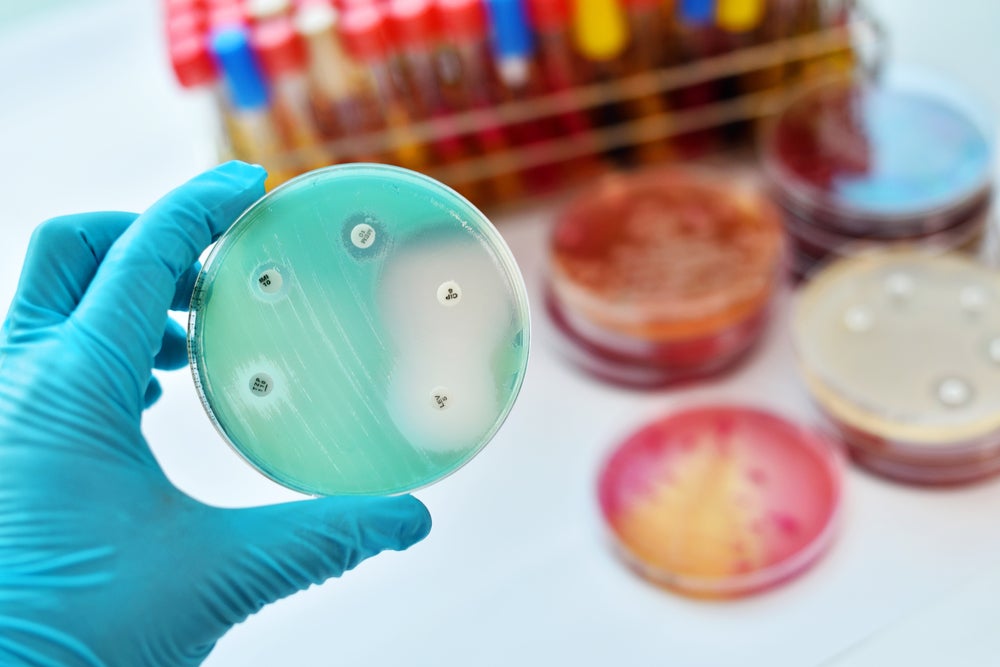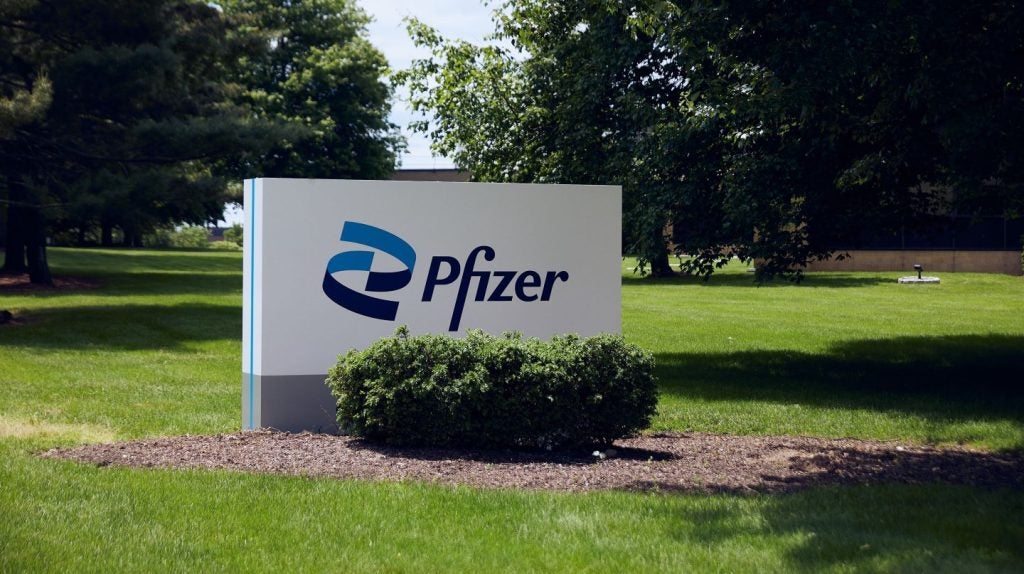
As the world continues to grapple with the Covid-19 pandemic, another health crisis is looming: antibiotic resistance. Bacterial resistance is something that occurs naturally, but widespread antibiotic misuse has propelled antimicrobial resistance (AMR) to major global health threat status; at least 700,000 people are killed by drug-resistant superbugs every year – and by 2050, this number could reach 10 million.
A report by the World Health Organization, published earlier this year, also found that none of the 43 antibiotics currently under development “sufficiently address the problem of drug resistance” in the bacteria considered most dangerous to public health.
The situation, as it stands, looks bleak – but there is hope. Advances in technology are vastly improving the way researchers discover and develop drugs, and antibiotics are no exception. Researchers across the globe are employing artificial intelligence (AI) in new and innovative ways to combat the growing threat of antibiotic resistance, and some are seeing promising results.
Accelerating antibiotic discovery
As with other classes of drug, AI is helping scientists to discover novel antibiotics more quickly and accurately than traditional methods have allowed in the past.
Ordinarily, to identify even one promising antibiotic candidate, hundreds of possible molecules must be screened – and without technology to automate the process, it’s a hugely time-consuming task. The ability to computationally predict the properties and activity of new molecules with AI, however, can save researchers time, money and resources that would otherwise be wasted on testing compounds that prove to have little or no value.
In February last year, scientists at Massachusetts Institute of Technology (MIT) discovered a powerful new antibiotic compound using deep-learning methods. The AI model used is designed to identify compounds that kill bacteria using different mechanisms to those of existing antibiotics, and is capable of screening over a hundred million candidates in mere days.
How well do you really know your competitors?
Access the most comprehensive Company Profiles on the market, powered by GlobalData. Save hours of research. Gain competitive edge.

Thank you!
Your download email will arrive shortly
Not ready to buy yet? Download a free sample
We are confident about the unique quality of our Company Profiles. However, we want you to make the most beneficial decision for your business, so we offer a free sample that you can download by submitting the below form
By GlobalDataAfter the model was trained on around 2,500 molecules and tested on the Broad Institute’s Drug Repurposing Hub – which contains about 6,000 compounds – it identified one molecule that had a different chemical structure to existing antibiotics, and was predicted to have “strong antibacterial activity”. MIT researchers then used another machine-learning model to demonstrate that the molecule was likely to have low toxicity for humans.
The molecule, named halicin by the research team, was found to be effective against a number of drug-resistant bacterial strains, including Clostridium difficile, Acinetobacter baumannii, and Mycobacterium tuberculosis. What’s more, mice infected with a strain of Acinetobacter baumannii resistant to all known antibiotics, and then treated with halicin, saw their infections clear up entirely in 24 hours.
The study also found that E. coli did not develop any resistance to halicin over 30 days, while the bacteria began developing resistance to the antibiotic ciprofloxacin within just one to three days of treatment. After 30 days, researchers noted that the E. coli were around 200 times more resistant to ciprofloxacin than they were when the study began.
The computational advantage
More recently, multinational computer hardware company IBM this year developed a generative AI model to accelerate the discovery of broad-spectrum, low-toxicity and low-resistance antimicrobial peptides. Researchers fed the AI model detailed information about known peptide molecules, with the aim of teaching it to “explore beyond known antimicrobial templates”.
The team then employed Controlled Latent attribute Space Sampling, a computational method that generates novel peptide molecules with specific attributes by sampling the information previously provided to the AI model. The antimicrobial candidates generated by the AI model were then screened for additional key properties using deep learning classifiers, which allowed researchers to further refine their search for treatments with high therapeutic potential.
In less than 50 days, IBM’s AI-led approach allowed researchers to identify, synthesise and test twenty novel antimicrobial peptides – two of which demonstrated high potency “against diverse Gram-positive and Gram-negative pathogens (including multidrug-resistant K. pneumoniae) and a low propensity to induce drug resistance in E. coli”.
The advantages of AI and powerful computing resources are clear in drug discovery, for antibiotics as much as other therapies, although the high-profile flaws shown by IBM’s Watson for Oncology system a couple of years ago demonstrate that due care must be taken to train AI algorithms with the right data-sets.
Improving antibiotic prescribing
A crucial part of fighting AMR is ensuring that patients are prescribed antibiotics appropriately; viral infections can’t be treated with antibiotics, for example, and improper use of these drugs where they aren’t effective can contribute to the growth of treatment-resistant bacteria.
In 2016, the humanitarian medical group Médecins Sans Frontières (MSF) opened a microbiology lab in a Yemen hospital where patients, wounded in conflict and often suffering from antibiotic-resistant bacteria, could have their infections tested and subsequently treated with the most appropriate drugs. Experiencing a shortage of microbiologists capable of interpreting the tests, known as antibiograms, the organisation conjured up new solution: an AI-driven mobile app that can rapidly perform antibiogram analysis.
Developed by the MSF Foundation, with scientists from the University of Évry and Henri Mondor Hospital and a $1.3m grant from Google, Antibiogo uses machine learning to process photos of antibiograms, identify the bacteria present, and suggest which antibiotics will be most or least effective at killing it. Based on the app’s recommendations, doctors can more accurately prescribe antibiotics, avoiding stronger treatments where milder ones will work.
The app also functions without internet connection, making it ideal for use in low-resource regions. MSF is currently evaluating Antibiogo’s clinical performance in three different countries and hopes to deploy it in its own labs by the end of the year before offering it to all laboratories in low-resource countries by 2022.
Predicting drug resistance
Some drug-resistant bacteria are capable of passing their resistance genes on to other pathogens in a process known as horizontal gene transfer. Understanding which organisms are transferring genes, and how, could allow scientists to control or intervene in this process and halt the spread of antibiotic resistance.
Last month, researchers at Cornell University in the US used machine learning to organise microbes by function and predict “with near-perfect accuracy” how genes are transferred between them.
The team studied bacterial genomes to “identify signatures that indicate ‘who’ were swapping genes and what was driving these networks of exchange”. Using a number of machine learning models, the scientists identified networks of antibiotic resistance genes, including within strains of the same organism. The models predicted several possible transfers of antibiotic-resistant genes between human-associated bacteria and pathogens that researchers are yet to observe.
The study’s senior author Ilana Brito commented: “One can imagine that if we can predict how these genes spread, we might be able to either intervene or choose a specific antibiotic, depending what we see in a patient’s gut.
“More broadly, we may see where certain types of organisms are predicted to transfer with others in a certain environment. And we think there might be novel antibiotic targets in the data. For example, genes that could cripple these organisms, potentially, in terms of their ability to persist in certain environments or acquire these genes.”
This article is part of a special series by GlobalData Media on artificial intelligence. Other articles in this series include:
Japan is leading the way into the elderly-population future. Its solution? AI-powered “Society 5.0”
Big Tech leads the AI race – but watch out for these six challenger companies
Financial sectors look to AI in site selection







